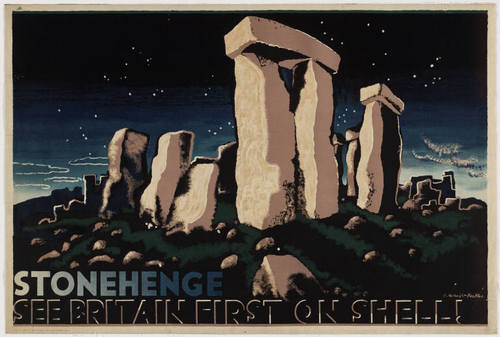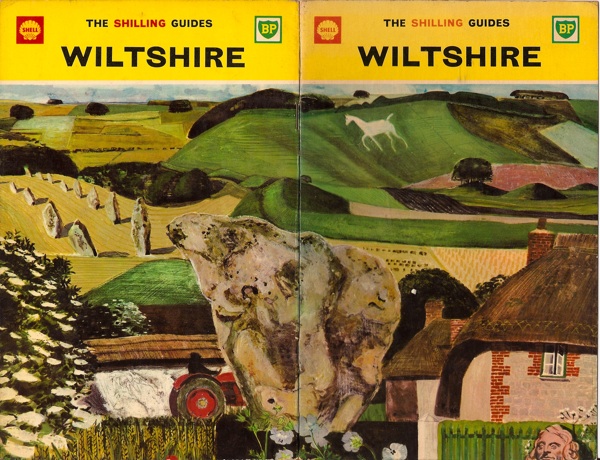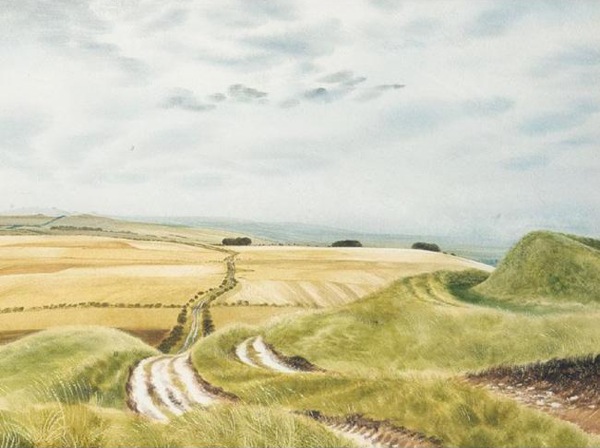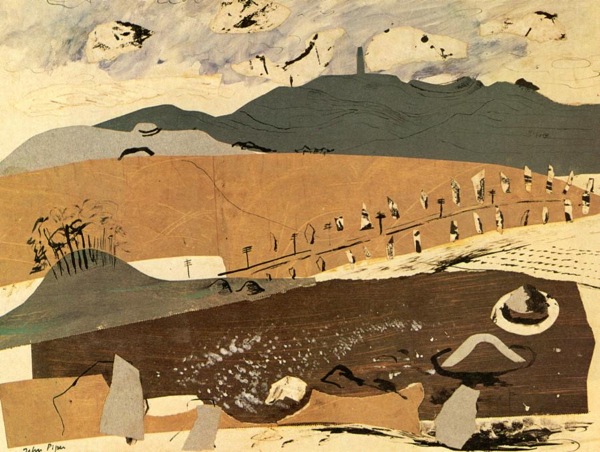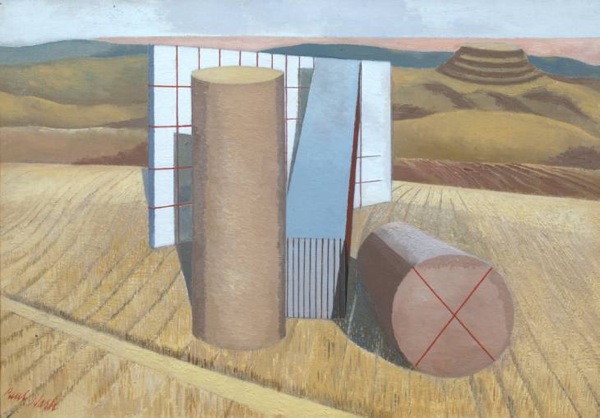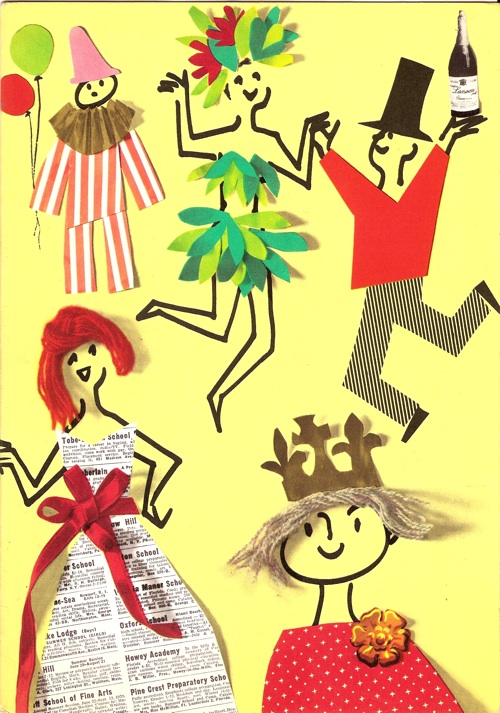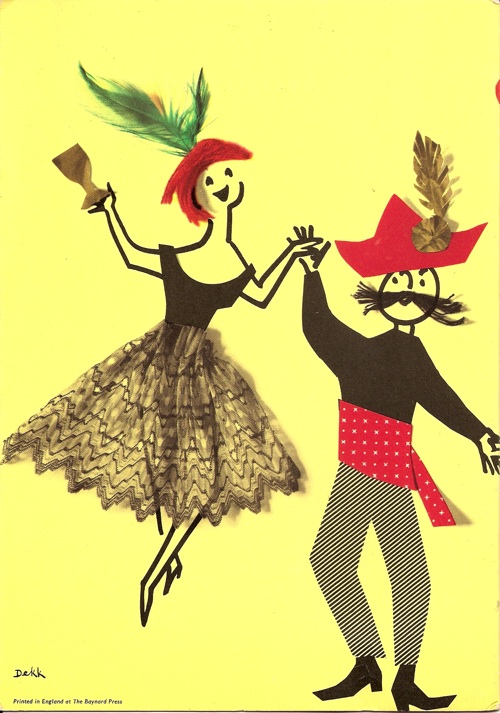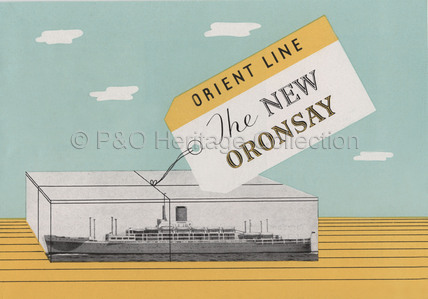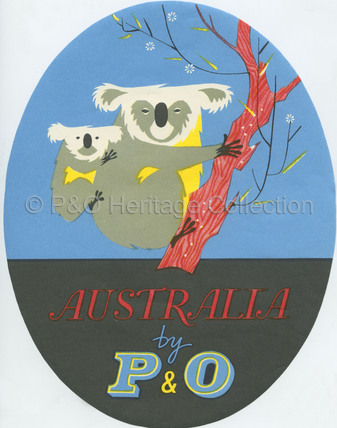In another place
I keep trying to contemplate posters, but my brain isn’t complying and wants to think about archaeology instead. So, for one day only, the stone circles of Wiltshire as represented in graphic design. Only on Quad Royal.
Although our first offering isn’t all that.
Despite the fact that it’s in the collections of both the V&A and MoMA and therefore has to be a Modern Classic, I don’t really like it. There’s too much artistic licence in the hilliness and the surrounding stones for my taste, although I will give it points for being a very interesting collision between high modernism and an almost 18thC romantic view of wild landscape at night
But I have another grievance against the poster which is that I don’t really like Stonehenge either; it’s a freak and an abberation rather than a proper stone circle. That is a serious point, not just prejudice. The shaped and stacked lintels of Stonehenge may have become our default idea of what a stone circle looks like (I would say ‘icon’ except that I’d hate myself afterwards; a shame because the word used to represent a useful concept before it became debased). But no other stone circle in the country looks anything like this. And you only have to go twenty five miles along the road – still staying in Wiltshire – to find the real thing.
…it does as much exceed in greatness the so renowned Stonehenge as a Cathedral doeth a parish church.
That’s what John Aubrey said about Avebury in the seventeenth century, and it’s still true today. Which is why Keith Grant was wise to choose its stones for the cover of the Shell Shilling Guide to Wiltshire.
That’s not the only time Shell got it right, either. The Ridgeway is the prehistoric track which leads across the high downs to Avebury (now walkable as a tidy National Footpath all the way from Tring), and David Gentleman included it in his ‘Roads’ series of posters.
This is not the poster but the original artwork. David Revill posted a comment on the blog the other day to say that he had bought this very picture at the auction of Shell’s original artworks in 2002. I am envious.
My favourite picture of all though (and yes, I have said this before) is John Piper’s Archeological Wiltshire.
I would quite happily mortgage the cats for a copy of that, and probably throw in a few posters too, but it seems there is only one and it lives in a museum in Scotland. But if anyone knows differently, please do say.
I think that’s actually better than the picture below, even though Nash’s re-imagining of Avebury is far more known.
Nash’s colours are just a bit too weedy for me to really love this – and the hill fort in the background is about to topple forwards any minute now. But seen from the present day, it is a remarkably prescient painting. The hills all over the Wiltshire downs are now covered in geometric bales, cubes and cylinders, which turn his surrealist imaginings into reality every year.
With a bit of luck I have now got that out of my system and a normal service, in which we talk about posters, will resume tomorrow.
